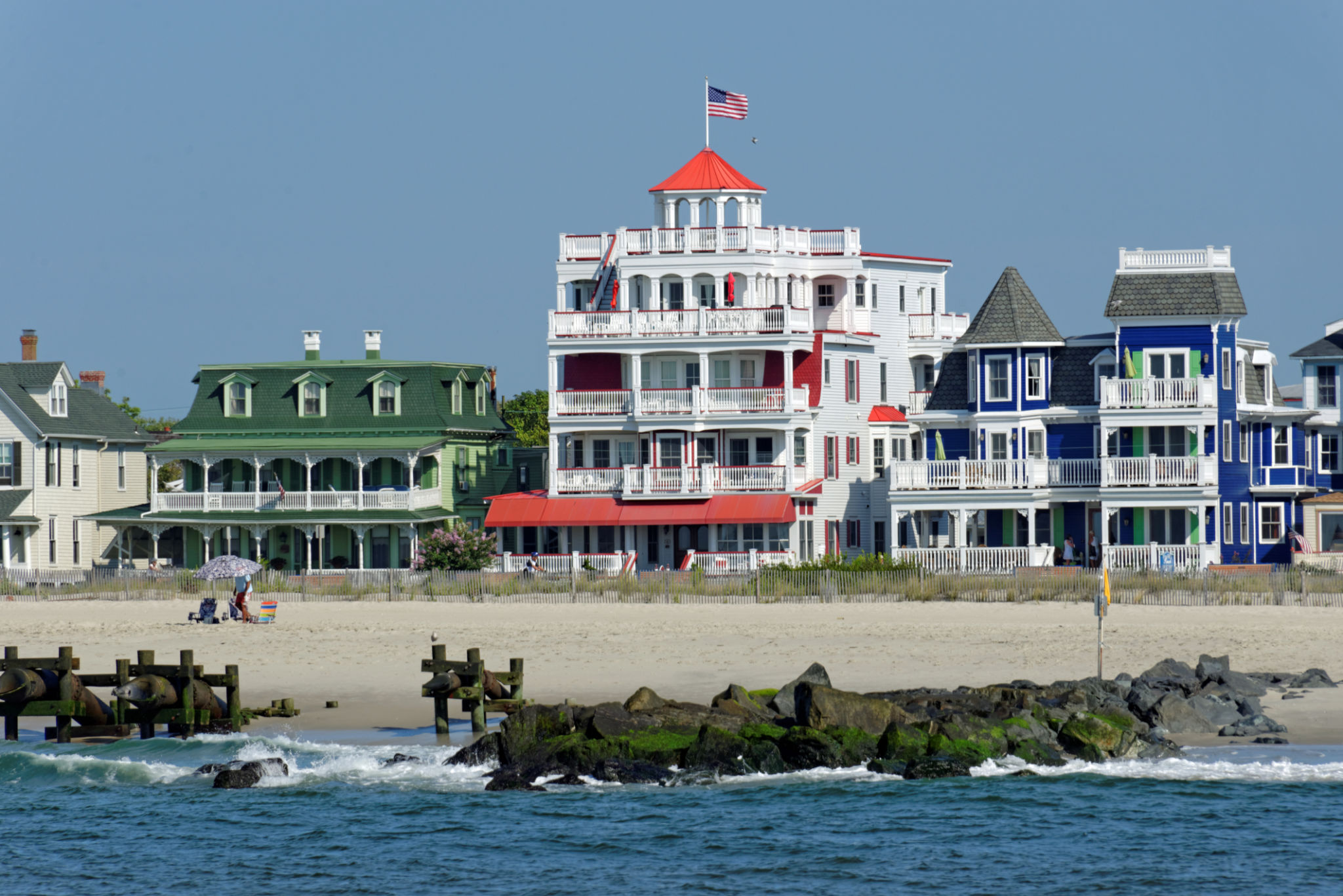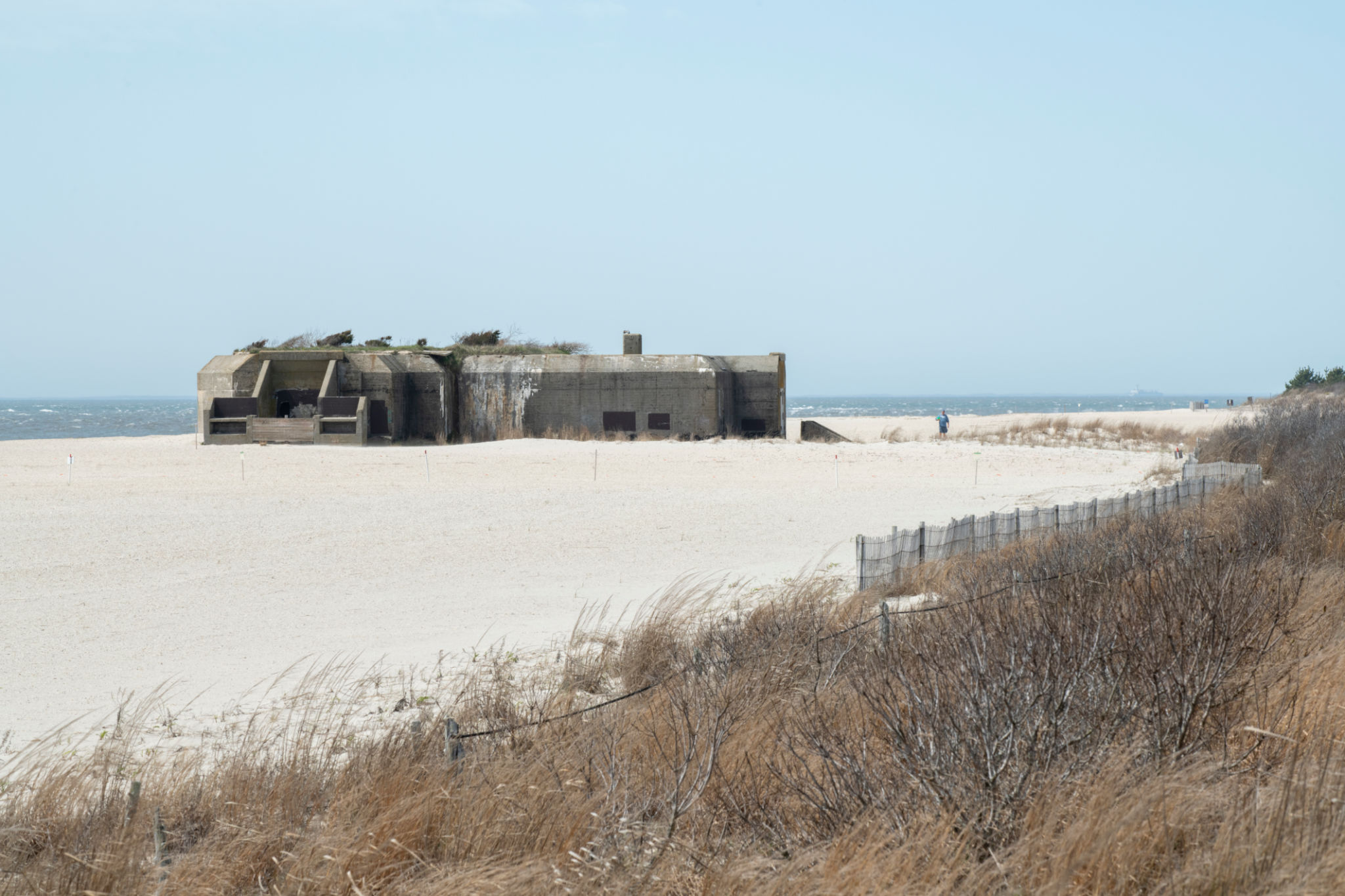A Historical Journey Through Cape May: Explore the Past
The Origins of Cape May
Located at the southern tip of New Jersey, Cape May is a charming seaside town known for its rich history and picturesque landscapes. Established by settlers in the early 17th century, Cape May has played host to centuries of historical events and developments. Today, it stands as one of the oldest vacation destinations in the United States, drawing visitors from across the globe.
Originally inhabited by the Kechemeche tribe of the Lenape Native Americans, the area was first named "Cape Mey" after Dutch captain Cornelius Jacobsen Mey. The town’s strategic coastal location made it a significant hub for whaling and trade during the colonial period.

The Victorian Era and Architectural Splendor
Cape May's most iconic feature is its well-preserved Victorian architecture. During the 19th century, the town gained popularity as a resort destination, leading to the construction of grand hotels and ornate summer homes for affluent visitors. Today, Cape May is recognized for having one of the largest collections of Victorian-era buildings in the United States.
Visitors can stroll along streets lined with colorful, intricately designed homes that transport them back in time. The preservation efforts have ensured that these architectural gems continue to enchant tourists and historians alike. Notably, the Emlen Physick Estate offers a glimpse into the opulent lifestyle of Cape May's Victorian residents.

The Great Fire of 1878
Despite its beauty, Cape May has faced challenges throughout its history. One significant event was the Great Fire of 1878, which devastated much of the town. In response, Cape May rebuilt its structures with even more elaborate designs, contributing to the unique architectural landscape seen today.
The resilience demonstrated by the community after the fire is a testament to the spirit of Cape May's residents. This event also spurred advancements in building materials and firefighting techniques, ensuring greater safety for the thriving town.
Cape May Lighthouse: A Beacon Through Time
Cape May Lighthouse is another historical treasure that draws visitors seeking to explore the town’s past. Built in 1859, this towering structure has been guiding sailors safely along the coast for over a century and a half. Climbing its 199 steps offers breathtaking views of the surrounding area and a tangible connection to maritime history.

The lighthouse is part of Cape May Point State Park, where visitors can learn more about the local ecology and wildlife. Its historical significance makes it a must-visit destination for anyone interested in maritime heritage.
The Role of Cape May in Military History
Beyond its architectural and maritime history, Cape May has also played a vital role in military history. During World War II, it served as a base for training soldiers and protecting the coast from potential threats. The remnants of military installations can still be explored at various sites around town.
Today, visitors can explore these historical sites and understand Cape May's contributions to national defense efforts. The combination of military and civilian history provides a comprehensive view of how Cape May has evolved over centuries.

Preserving Cape May's Rich Heritage
Efforts to preserve Cape May's historical legacy are ongoing, ensuring that future generations can continue to enjoy its unique charm. Organizations like the Mid-Atlantic Center for the Arts & Humanities play a crucial role in maintaining and promoting Cape May’s historical sites and cultural events.
Whether you're a history enthusiast or simply looking to enjoy a beautiful seaside retreat, Cape May offers an unparalleled journey through time. From its cobblestone streets to its storied landmarks, every corner of this town whispers tales of its storied past.